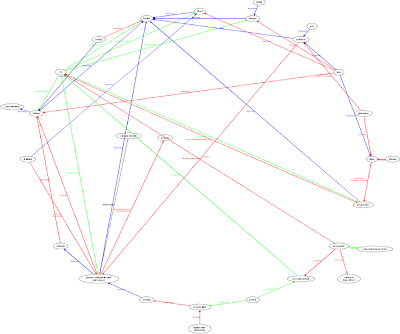Solving a problem often requires time (i.e. incubation). It is similar to a computer which needs time to calculate a complex equation or a constant (e.g. pi). In the meantime it might be best to focus on other tasks. Your brain is doing the job and the solution or a part of it will come to your mind when it is done. Sometimes you need another attempt and go into detail again until you have the final solution. Nevertheless, to focus on solving the problem too much might be counterproductive.
From my experience development in general is a process which evolves over a period of time. You can hardly force yourself to generate new ideas. Ideas are like different parts of a puzzle: you find one part at a time and if you collect them you finally are going to be able to create a the big picture (i.e. your concept). Collecting parts means writing down or sketching the idea the moment it comes to your mind. Afterwards you can take the new part and check if it fits to another part. Therefore, an appropriate knowledge management might be very handy.
If you think "blablabla it still does not help me to find a new idea": You are right! Did you know that innovation often results after combining already existing ideas? Do some research and analyse which approach other writers or developers chose. In addition, sometimes it is helpful to combine ideas or approach from entirely different sources (e.g. something which has nothing to do with designing a game, writing a story or dissertation, ...) and generate something new.
Apart from these points, it is not always required to reinvent the wheel. Keep in mind that "new" not necessarily means "better". Some ideas are innovative but at the same time just rubbish. To prevent this outcome, it might be wise to critical reflect whether the idea is useful / practical, coherent, ..., feels good or appropriate, meaningful and so on.
Focusing on player camera movements (first person): From my point of view the camera movement of Skyrim feels very smooth and intuitive. Moving the camera sidewards results in rotating the whole body. Moving the camera up- and downwards results only in changing the angle of the camera. Furthermore, a centered cursor feels somehow normal. In contrast, it felt annoying to have a cursor which reaches the top / bottom of the screen after moving up-/downwards, especially if the camera can move further up-/downwards. Therefore, I did adjust the camera movement similar to Skyrim.
As you can see in this case I did not reinvent the wheel. Sometimes it does not make sense to develop something new if there is a solid approach. Nevertheless, it is useful to try different things out and check how it works and feels.

